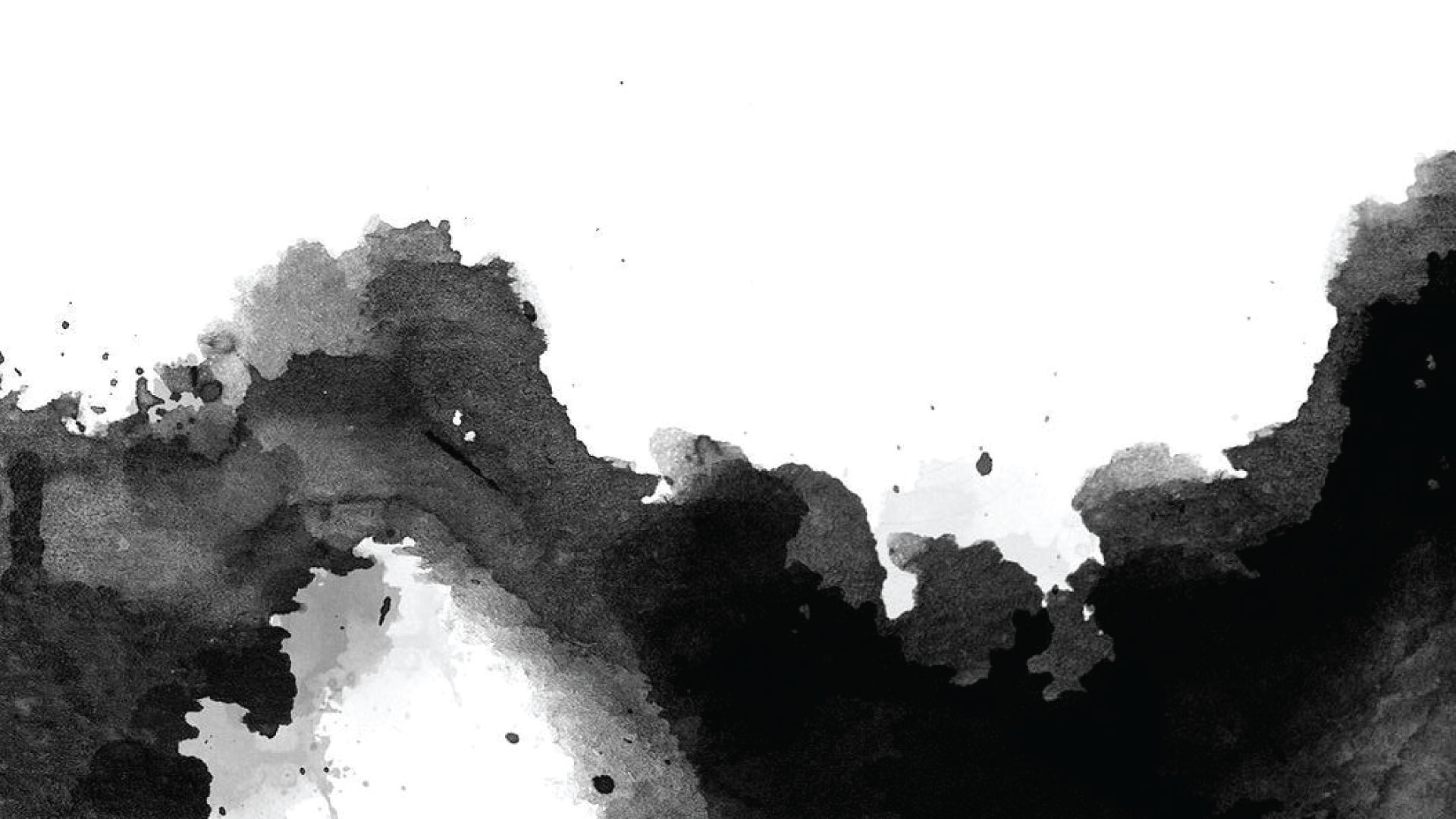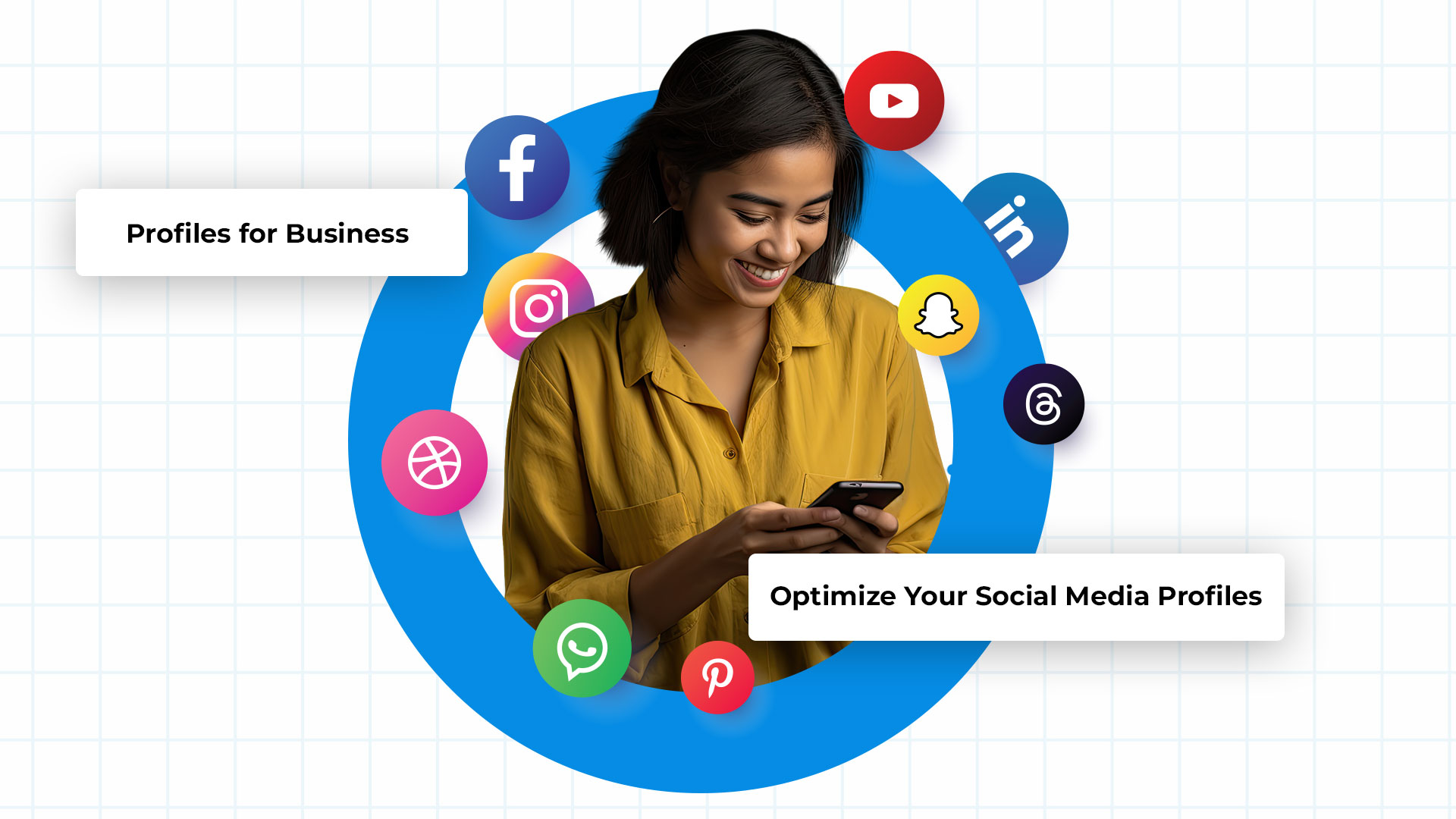Improves User Experience and Interaction
In UI/UX design, texture plays a crucial role in guiding user interactions. Subtle textures in buttons, backgrounds, and icons can provide visual cues that enhance usability and create a more intuitive experience.
Supports Branding and Identity
Texture can be a powerful element in reinforcing brand identity. Consistent use of texture across various touchpoints, such as logos, websites, and marketing materials, helps create a cohesive and recognizable brand image. Texture choices can reflect a brand’s personality and values, making it an integral part of brand strategy.
Balancing Texture with Functionality
While texture is essential, it’s important to balance it with functionality. Overuse or inappropriate application of textures can lead to visual clutter. Effective graphic design involves using texture strategically to enhance the design without overwhelming the content.
Enhances Visual Hierarchy and Focus
Texture can be used to emphasize certain elements within a design, guiding the viewer’s attention and establishing a clear visual hierarchy. By varying textures, designers can highlight key features and create focal points that draw the eye where it’s needed most.
Adds Interest to Minimalist Designs
In minimalist designs, where simplicity is key, texture can add depth and interest without cluttering the visual space. Subtle textures can bring life to minimalist layouts and create a richer user experience without overwhelming the design’s simplicity.
Conclusion
Texture is a powerful and versatile tool in graphic design that enhances visual appeal, conveys emotions, and improves user experiences.



